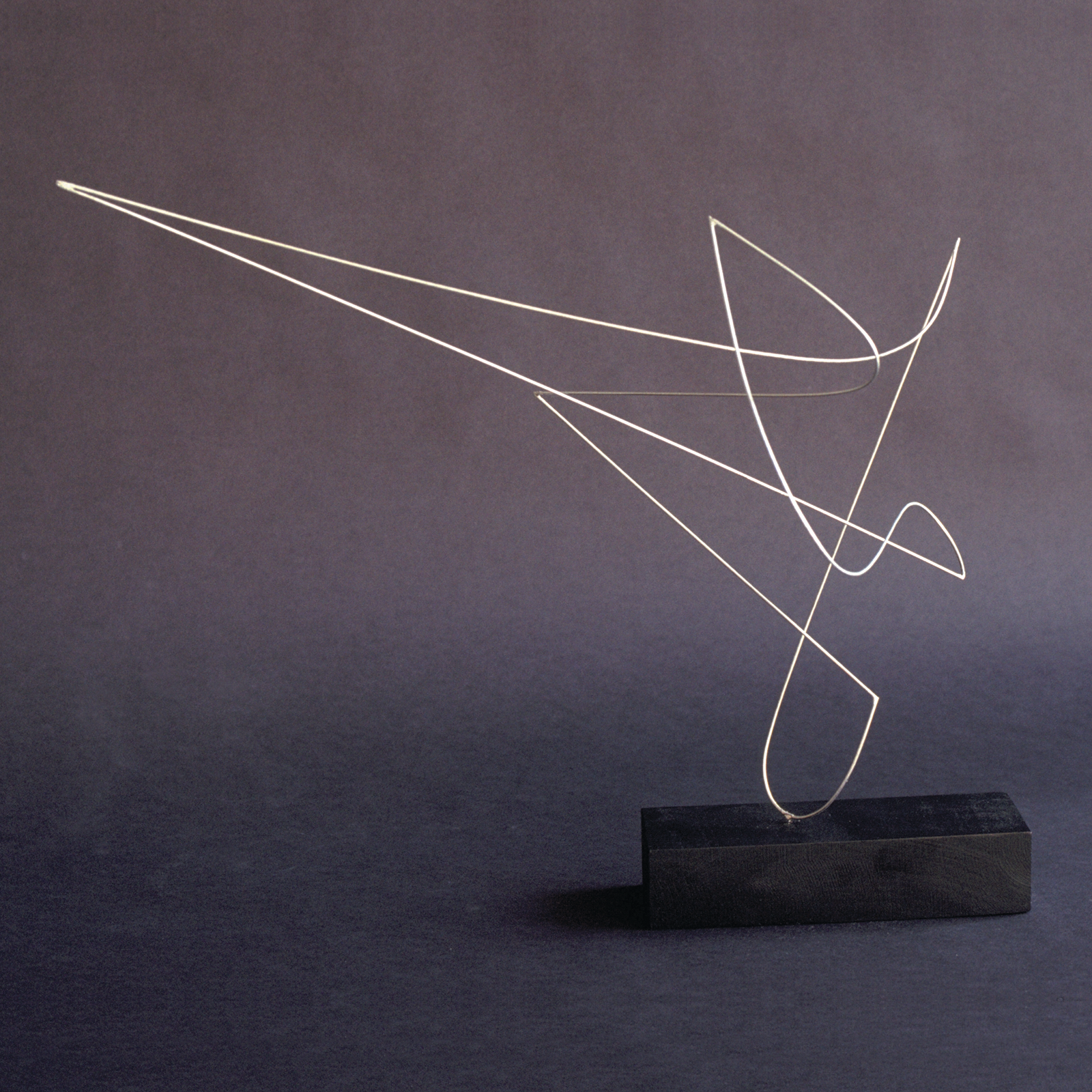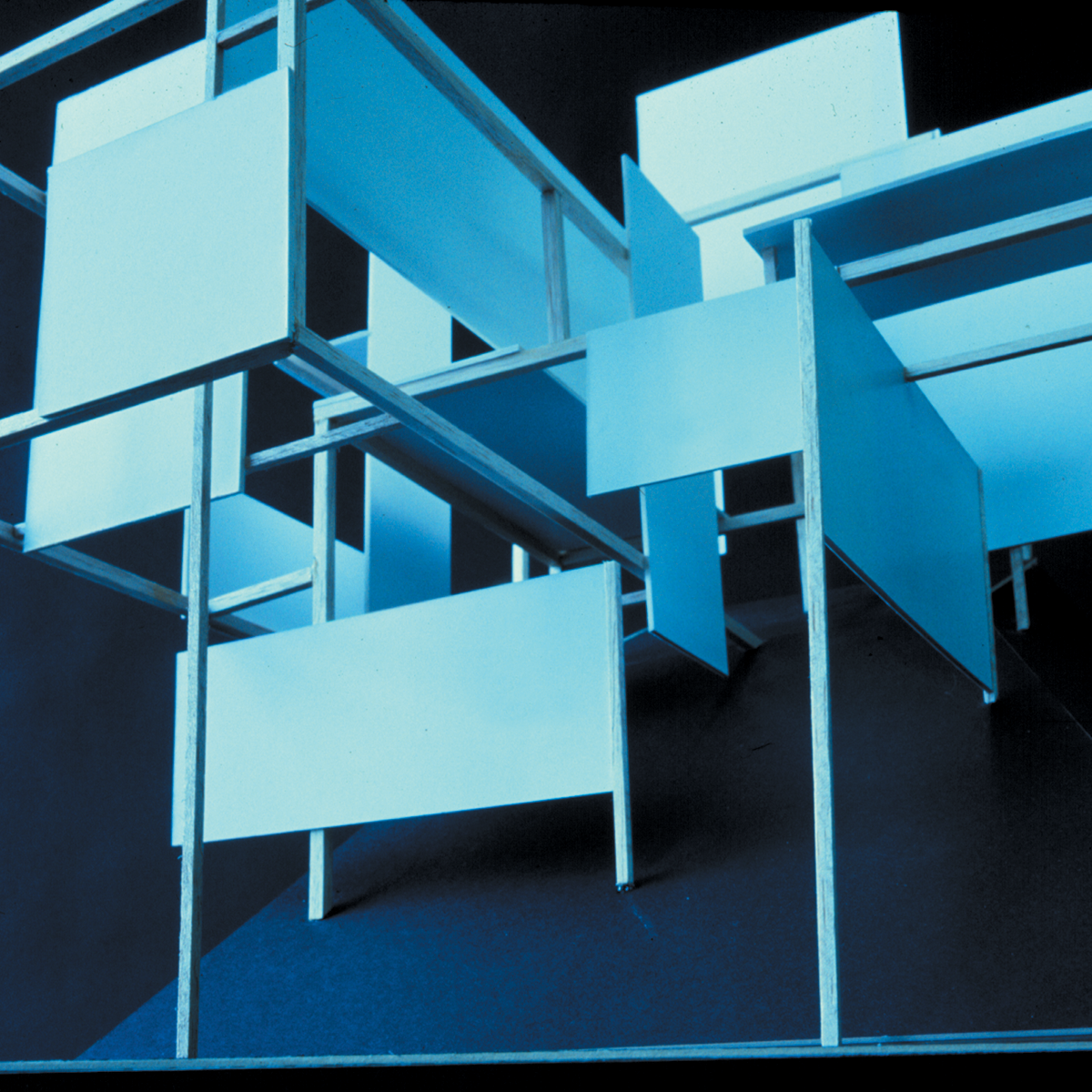“In this problem we introduce the notion of group movements. Be aware of inherent, comparative, and overall proportions.”

Make a variety of rectilinear and curvilinear volumes in clay. Combine five to seven rectilinear and curvilinear forms of your choosing in a relationship that has dynamic balance. Apply the principles you learned in the first two exercises.
Establish dominant, subdominant, and subordinate relationships. Be aware of inherent, comparative, and overall proportions.
Every form in your composition must have its position in space, but it must work together in rhythm with the others. The most important consideration here is the balance of directional forces.
“The beauty of this process is that you may not apply these principles directly when doing a project like a car interior or a lamp. But you bring to that process a sensitivity to composition that helps you make the right choices.” — Gerald Gulotta
Establish visual continuity by positioning the axes. Be aware that dominant, subdominant, and subordinate refer to the axes’ movements and the forms’ mass and volume. The forms can physically touch one another but should be visually separate. Do not make a long string of things. Create a composition in which you feel one movement stops, and another complements it.
The sum of all the forces and movements in your composition should “add up.” Look at your work from all points of view—do not just look at the good view. Look at the bad view and make what is not working work.













